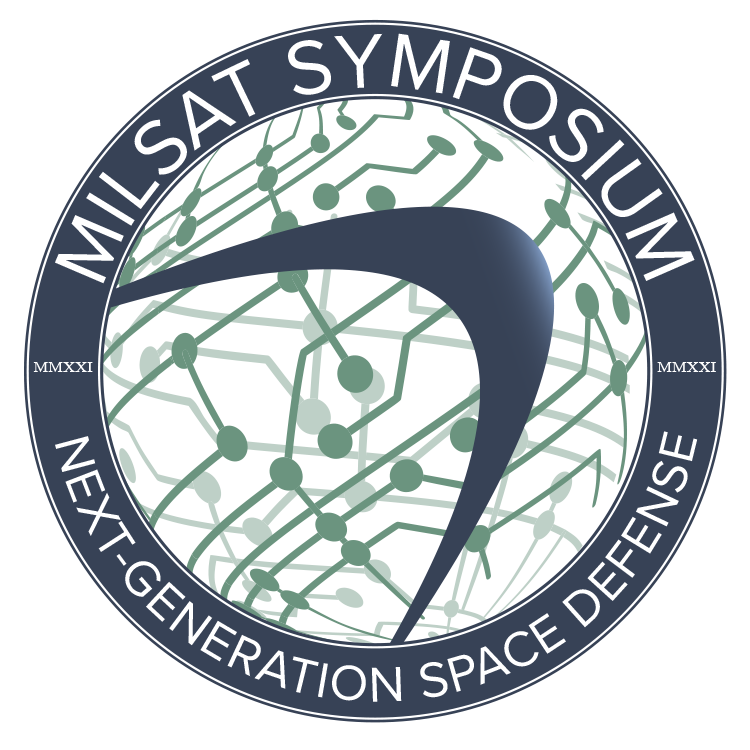

At a Senate Armed Services Committee hearing in May, members called on the Space force to design its warfighting objectives similar to the process of other services. Gen. John Raymond, chief of space operations, said the “number one mission” is to modernize the missile-warning space architecture to defend against increasingly advanced hypersonic missiles and glide vehicles being developed by U.S. adversaries
 Chris Quilty
Chris Quilty
Chris is the president of Quilty Analytics, an independent research and consulting firm that provides strategy, competitive benchmarking, financial analysis, and investment diligence on all aspects of the Satellite & Space industry.
Prior to establishing Quilty Analytics in 2016, Chris served as a sell-side research analyst with Raymond James for 20 years, publishing hundreds of company-specific, macro, sector, and thematic research reports on the industrial, defense, space, wireless, and communications industries. Chris is widely-acknowledged as the leading Wall Street analyst on the Satellite & Space sector and has participated in 30 capital markets transactions over the past five years valued at over $2.5 billion
Chris received a BS degree in Systems Engineering from the United States Naval Academy in 1989 and an MBA from the University of Chicago in 1994.
 Col. Heather Bogstie
Col. Heather Bogstie
Colonel Heather B. Bogstie is the Senior Materiel Leader for the Resilient Missile Warning, Tracking, and Defense Acquisition Delta at Space Systems Command, Los Angeles Air Force Base, California. Her responsibilities include managing the new $2B MEO Missile Track constellation and the integration of the system into the overall Missile Warning architecture, rapidly responding to evolving and emerging threats.
Col Bogstie was commissioned in 1998 through the ROTC program at Auburn University. Her first assignment was a Minuteman III missile operator/ instructor/ flight chief at Minot Air Force Base, North Dakota. She then moved to the Air Force Technical Applications Center at Patrick Air Force Base, Florida as a Systems Engineer for the Nuclear Treaty Monitoring Directorate, upgrading and installing 15 seismic stations spanning all seven continents. Afterwards, she became the Chief of Payload Products, Space Based Infrared System (SBIRS) Wing at Los Angeles Air Force Base, California delivering the critical SBIRS GEO-2 missile detection and warning payload for spacecraft integration. After attending Air Command and Staff College, she was a Political Military Planner in the Western Hemisphere Directorate of J5, The Joint Staff, Pentagon, and coordinating Defense Support of Civil Authorities and Pandemic Influenza/Infectious Disease policies with interagency partners. She followed that assignment as Chief, Space Vehicle Engineering Branch at the National Reconnaissance Office where she led a 1,500-member joint team for $4.3B+ SIGINT space vehicle development. She then became Materiel Leader for Space Operations with Space and Missile Systems Center’s (SMC) Advanced Systems and Development Directorate at Kirtland Air Force Base, New Mexico and led the $152M RDT&E Support Complex, operating $672M in DoD and NASA missions. While there, she was dual-hatted as Program Manager for the $94M ORS-5 space situational awareness pathfinder program. Following that tour, she became Chief of the SMC Commander’s Action Group, where she then lead the SMC 2.0 effort–the largest re-organization in the Center’s 60 years. Afterwards, she was Senior Materiel Leader of the Rapid Development Division, where she managed an $800M portfolio critical to developing innovative on-orbit technologies that enabled numerous missions across the space enterprise
 Sean D’Arcy
Sean D’Arcy
Sean DArcy is the Director for Mission Payloads and Processing in the C4ISR business unit of BAE Systems based out of Nashua, NH. His interest are in InfraRed, Microwave, Electronic Warfare and Science Payloads for both on-orbit and airborne assets along with Signaturing methods for both Infrared and Radio Frequency.
Prior to his time a BAE System, Sean held Director Positions at Analog Devices, Inc. and Honeywell Defense. Starting as a research engineer, his 35 year career has been split between advancing roles in engineering leadership, strategic marketing and program management. His experiences cover programs delivering mechanical, software and electrical systems for propulsion, aviation, RADAR, EA, UAVs, Inertial Navigation and C4. He has over 100 publications and speaking engagements and resides in Massachusetts.
 Myland E. Pride
Myland E. Pride
Myland Pride, Colonel USAF (Retired), is a Director of Mission Strategy for Lockheed Martin’s Military Space business, working with the U.S. Government and its allies developing space solutions with a particular focus on the missile warning and defense, and tactical space missions. Mr. Pride leads Lockheed Martin’s efforts to combine the company’s investments in future capabilities with those of teammates in industry, academia, research labs, and the U.S. Government to establish new architectures responsive to emerging threats in space. Based on the criticality of space to today’s global security, Mr. Pride coordinates across the Lockheed Martin enterprise, to include missile and fire control, missile defense and ground systems, to architect the infrastructure needed to enable Joint All-Domain Operations (JADO). As part of this work, he leads Lockheed Martin Innovation Partners, the company’s initiative to engage, accelerate, and onboard non-traditional companies and partners to programs of record.
Prior to joining Lockheed Martin Space, Mr. Pride served as Director, Legislative and Government Affairs for the Intelsat Corporation. Prior to that position, Mr. Pride served in the United States Air Force for 25 years, with various operational roles in nuclear and space operations, as well as staff positions in programming, strategy and policy across the Air Force and intelligence community.
Mr. Pride holds a Bachelor of Science degree from the United States Air Force Academy, and various Master’s Degrees relative to National Security from the United States Air Command and Staff College, the United States Air War College, and the United States Naval War College. He also holds a Master’s Degree in Organizational Management from Webster University.
 Jeff Sneller
Jeff Sneller
Jeff Sneller is Northrop Grumman’s Chief Engineer across strategic Overhead Persistent Infrared and Geospatial Satellite systems, including the LEO Tracking Layer, Hypersonic and Ballistic Tracking Space Sensor, and the Next Generation Polar program. He has 30 years of experience in architecture, development, and operations of airborne and space systems for both U.S. and international customers. He has held numerous technical leadership roles at Northrop Grumman, previously serving as Chief Engineer for three restricted space programs; Northrop Grumman Technical Fellow for Remote Sensing Systems; principal investigator and program manager for technology R&D projects; and satellite I&T and mission operations engineer for the DSP OPIR program. During his tenure as a Technical Fellow, he focused on system architectures, performance modeling, and AI-based tasking optimization algorithms for persistent overhead ISR systems.
Prior to joining Northrop Grumman in 2000, he was an advanced design engineer for aircraft rapid development at the Lockheed Martin Skunk Works. Jeff holds bachelor’s and master’s degrees in Engineering from Stanford University.